- This Month in Wildlife Sightings #Jan2022
- This Month in Wildlife Sightings #Feb2022
- This Month in Wildlife Sightings #March2022
- This Month in Wildlife Sightings #April2022
- This Month in Wildlife Sightings #June2022
- This Month in Wildlife Sightings #Sep2022
- This Month in Wildlife Sightings #Nov2022
- This Month in Wildlife Sightings #Dec2022
- This Month in Wildlife Sightings #March2023
- This Month in Wildlife Sightings #April2023
- This Month in Wildlife Sightings #May2023
- This Month in Wildlife Sightings #June2023
- This Month in Wildlife Sightings #May2024
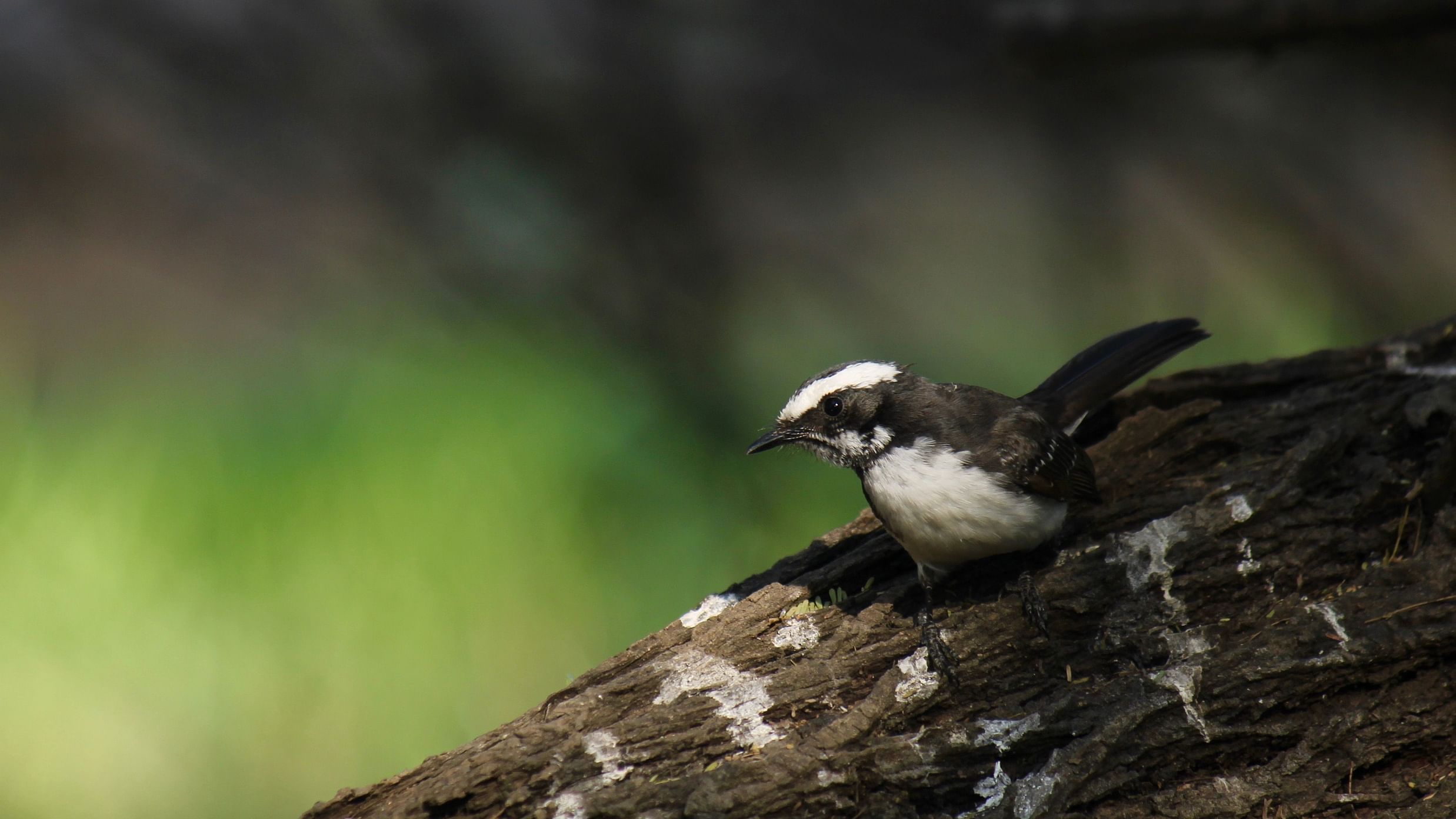
In this month’s blog, our naturalist Karthik Krishna sheds light on the fascinating jungle species.
Another month of winter and had some spectacular big cat sightings, and got super lucky in spotting a Jungle Cat in one of the game drives, But this season also offered us other great sightings of Birds, reptiles, Insects and stunning landscapes.
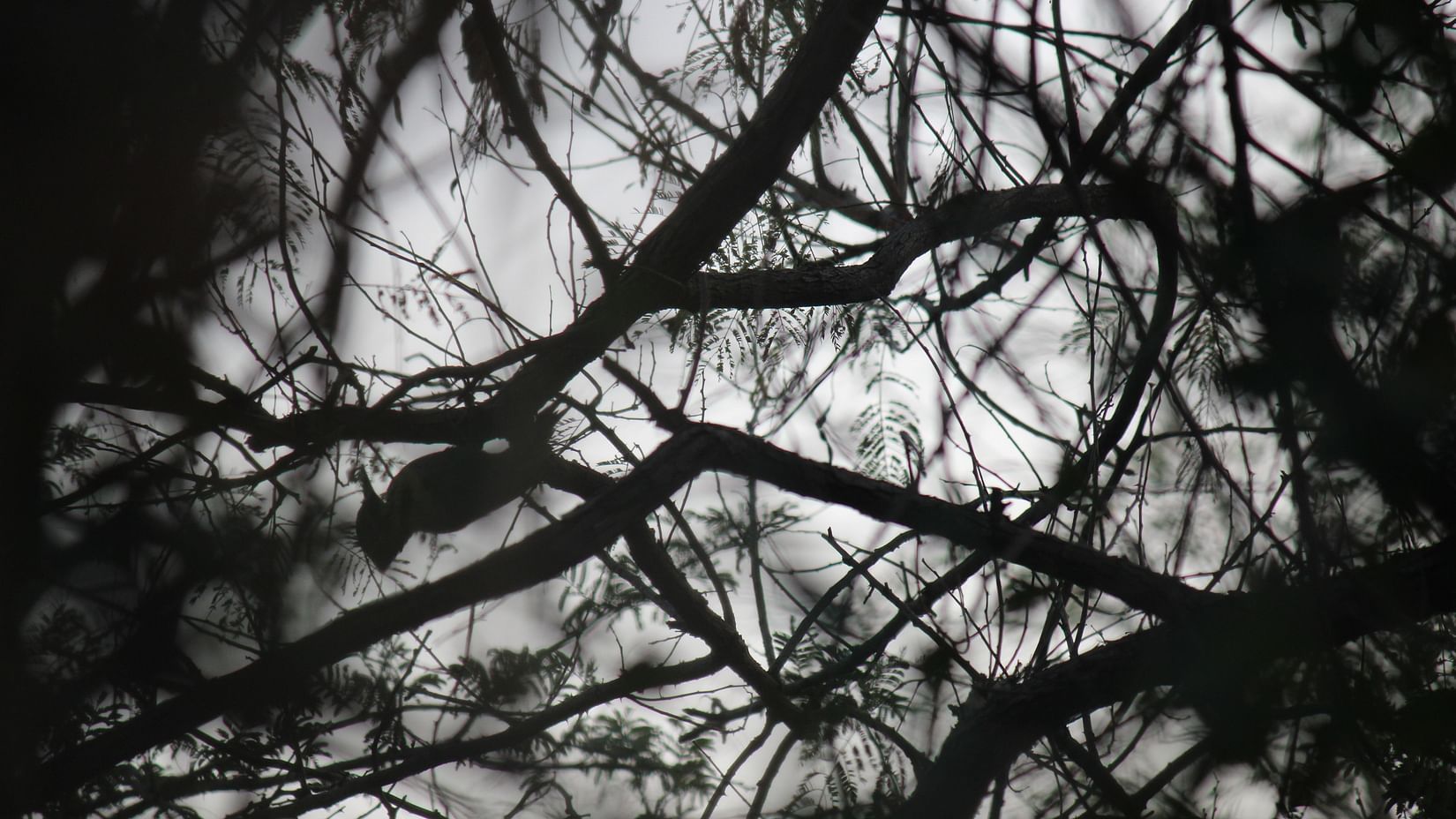
A Lesser Golden Back Woodpecker feeding.
This time of the season in Gir is a period of transition where one can see the shift of colors in the landscape. Many trees and plants in highly elevated areas start to dry and shed their leaves and go into a state of dormancy, but at the same time there are some other trees which start leafing, fruiting and flowering. And animals in and around the forest have to adapt to the conditions and make use of what they have for their survival.
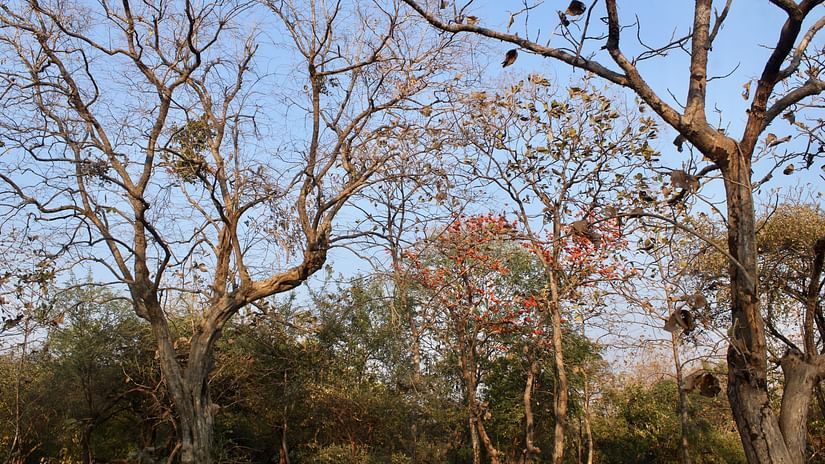
An early blooming Palash tree (Flame of the Forest) within other forest trees
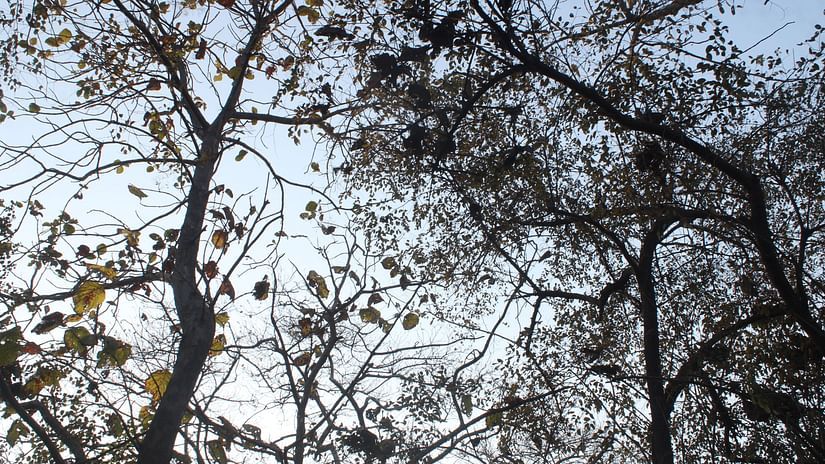
Shedding Foliage of Teak Tree and Indian Jujube (Ber)
Birding in this season is quite good and one can see all these common birds within our Aramness premises.
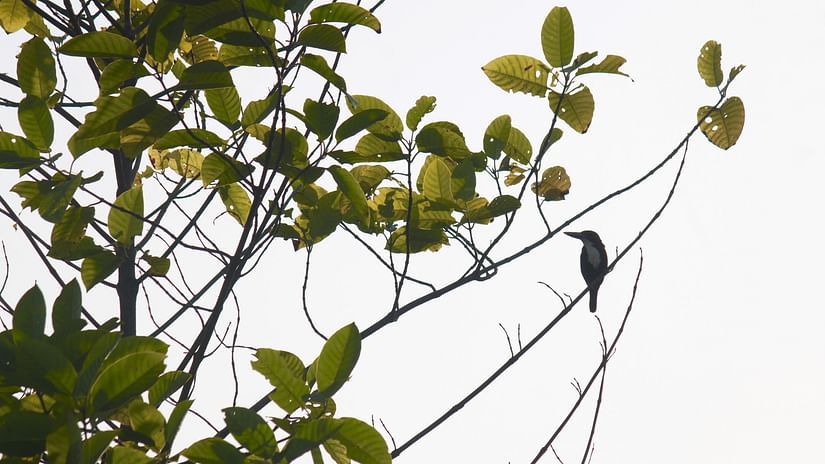
White Throated Kingfisher
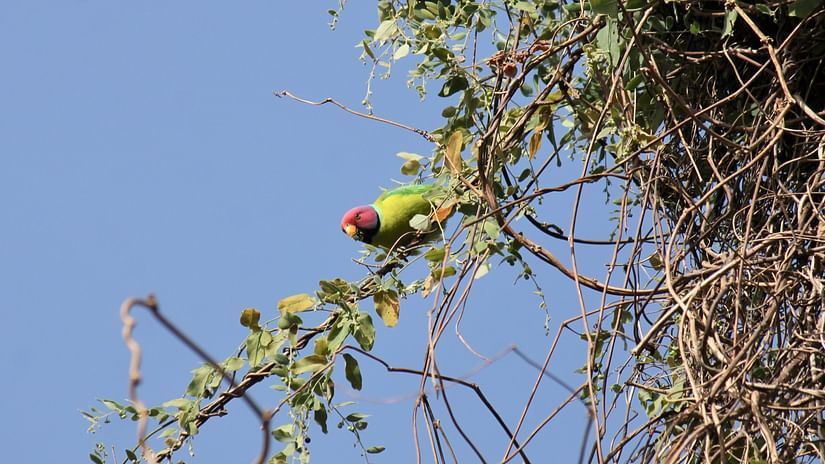
Plum Headed Parakeet
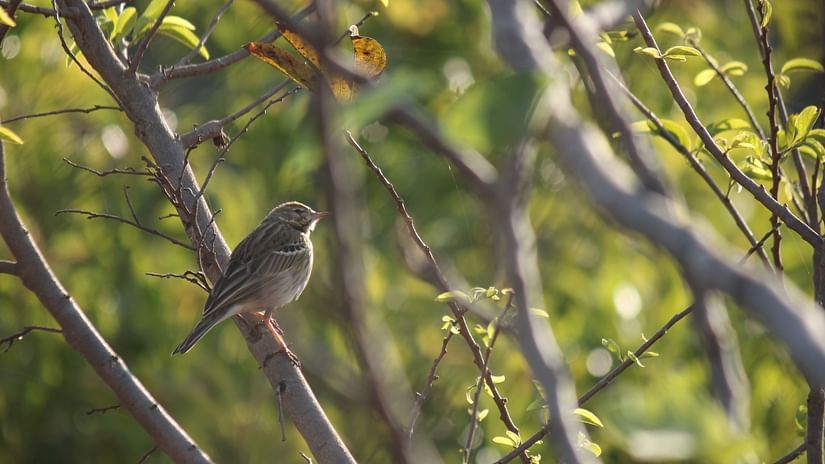
Pipit

White Browed Fantail
There are many other migratory birds which fly from various regions in India and also from the different parts of the world to this Gir Landscape and some of them which I was able to add to my checklist are Greater Spotted Eagle, Greater Cormorant, Pallid Harrier, Common Snipe, Demoiselle Crane as well as Grey, Yellow and Forest Wagtails.
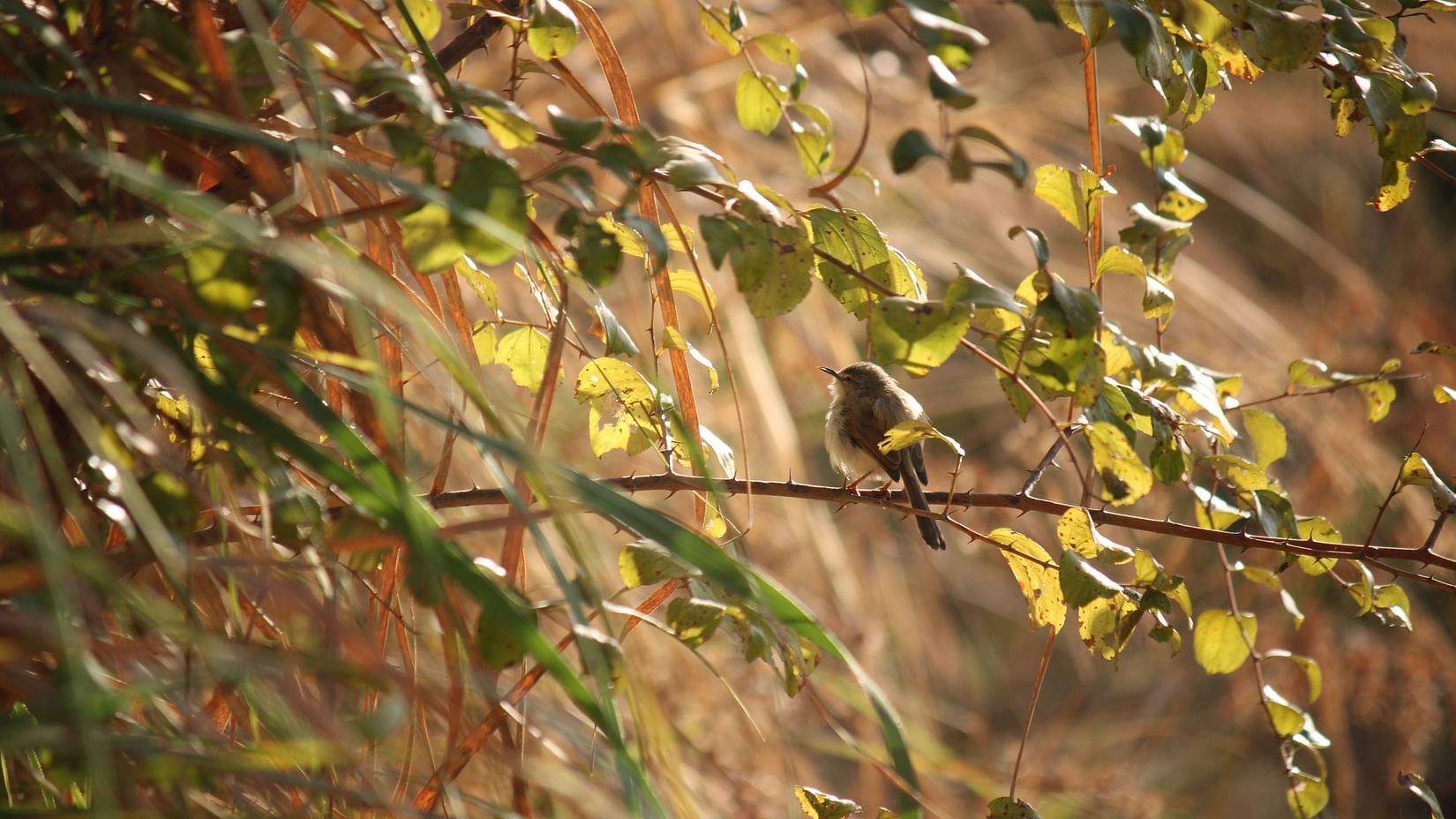
Plain Prinia
Most of the reptiles in winter go through Brumation (a dormant state) and their activity is not as high as it is in months of monsoons, but then they can be seen while they come out to feed or bask. But where do they live and protect themselves from these winters? Well, being ectotherms they have to maintain their body temperatures to survive winters and they take shelter in burrows, stones, mud hollows, underneath leaf litter and so on.
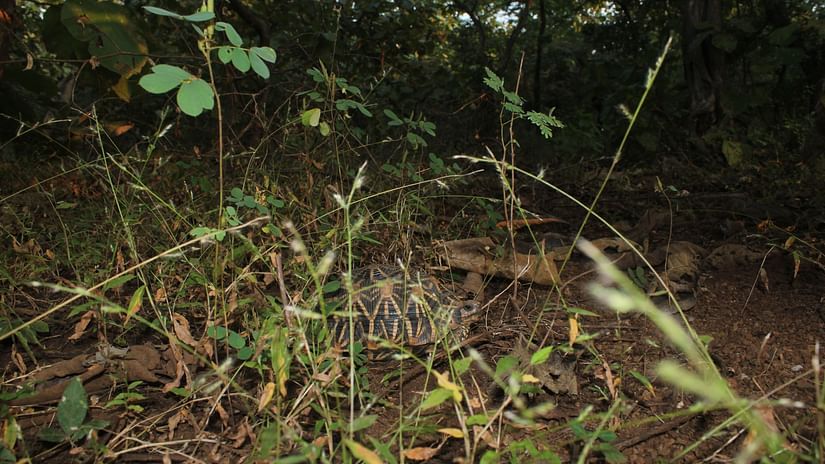
Star Tortoise
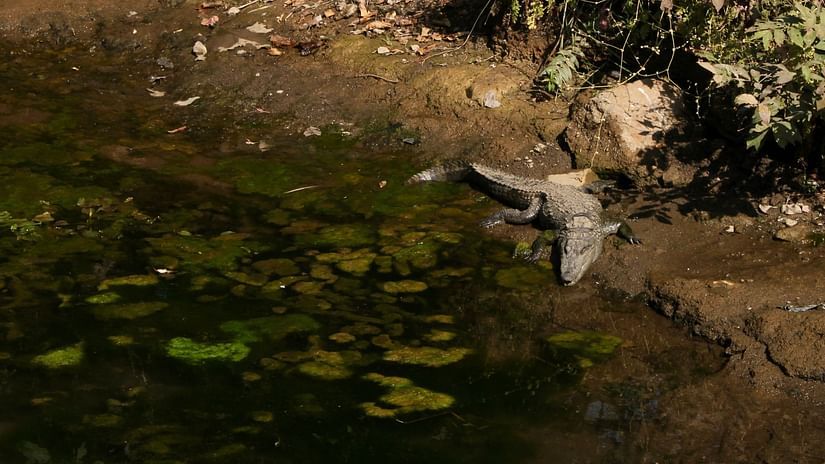
Juvenile Marsh Crocodile Basking
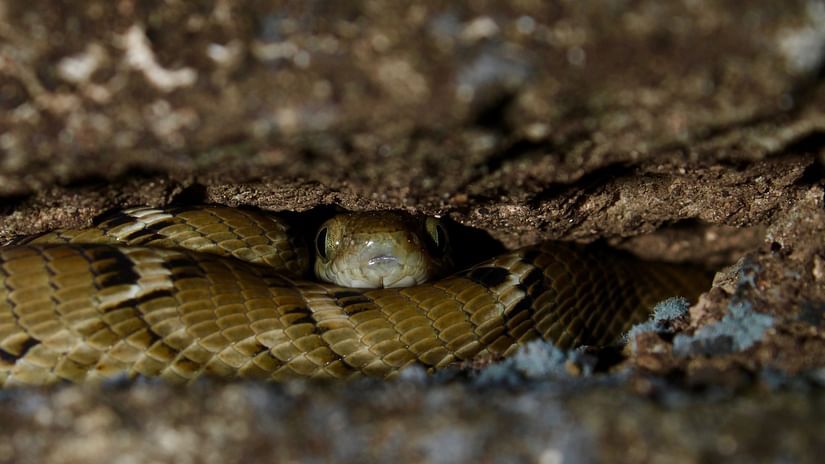
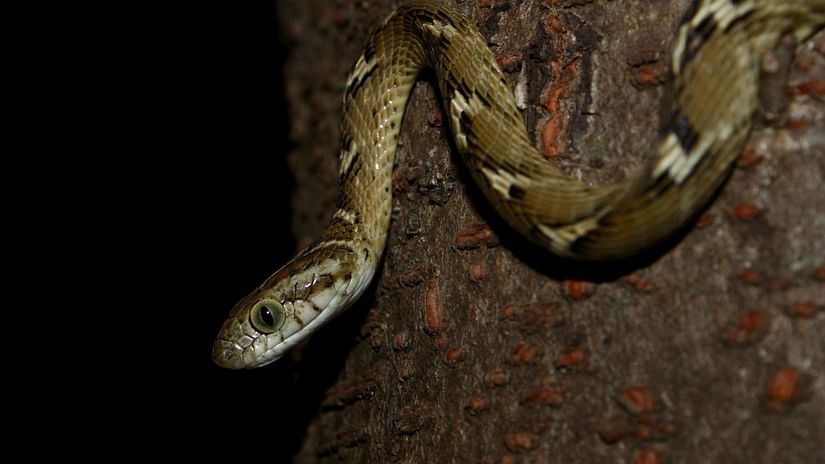
A nocturnal Common Cat snake
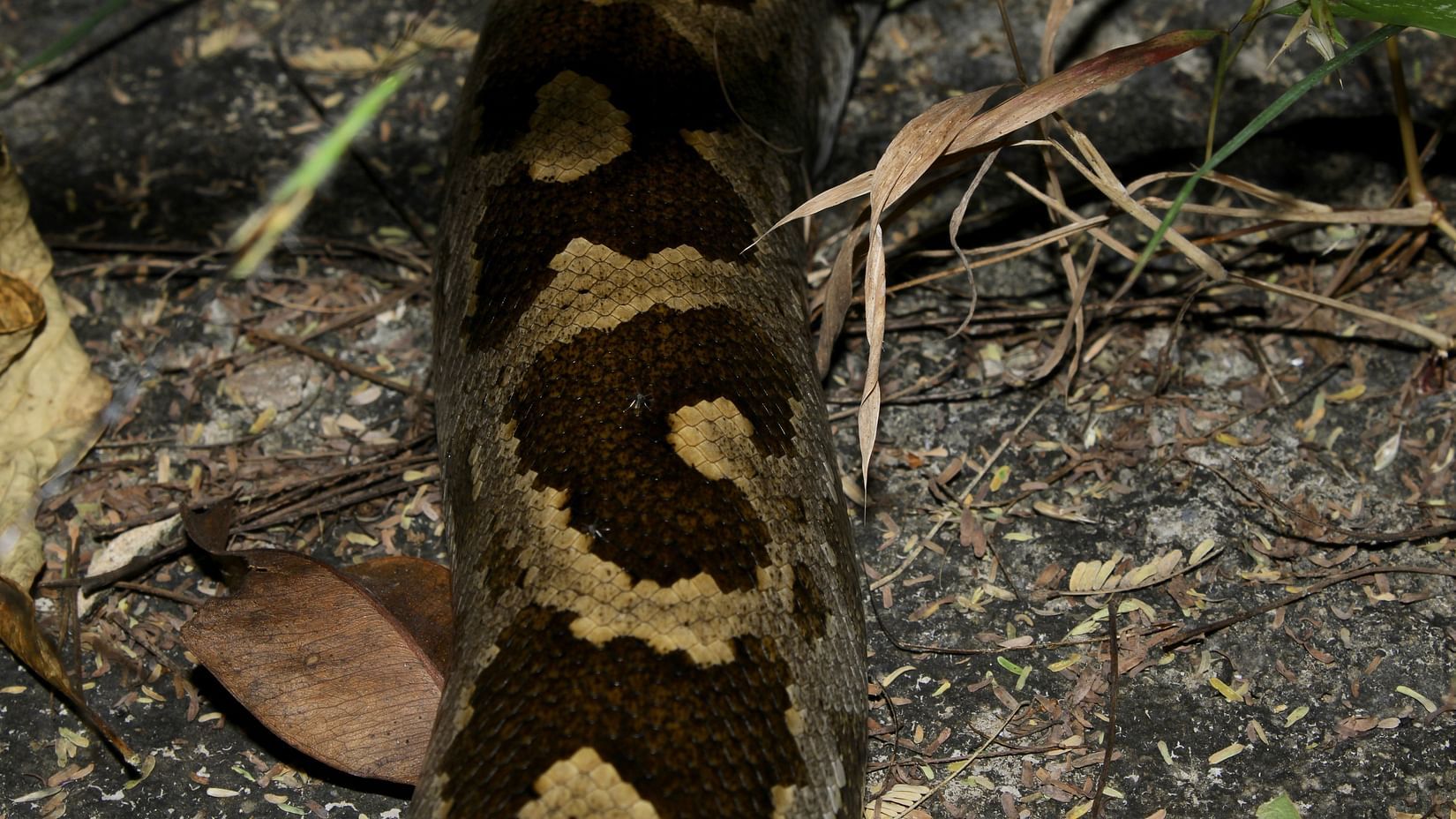
An Indian Rock Python moving into a bush after feeding
Many arthropods like insects, arachnids and crustaceans can also be seen in these winter months and have varied strategies like overwintering, migration and some have tolerance to go through this season. Overwintering among Arthropods has been observed in various cycles of their life cycles as larvae, pupa, eggs, nymphs and also as Adults. And they have a very diverse way of using micro-habitats like tree holes, rock crevices, burrows, leaf litter dead logs and water bodies to seek shelter and nourishment to pass through harsh temperatures and weather conditions.
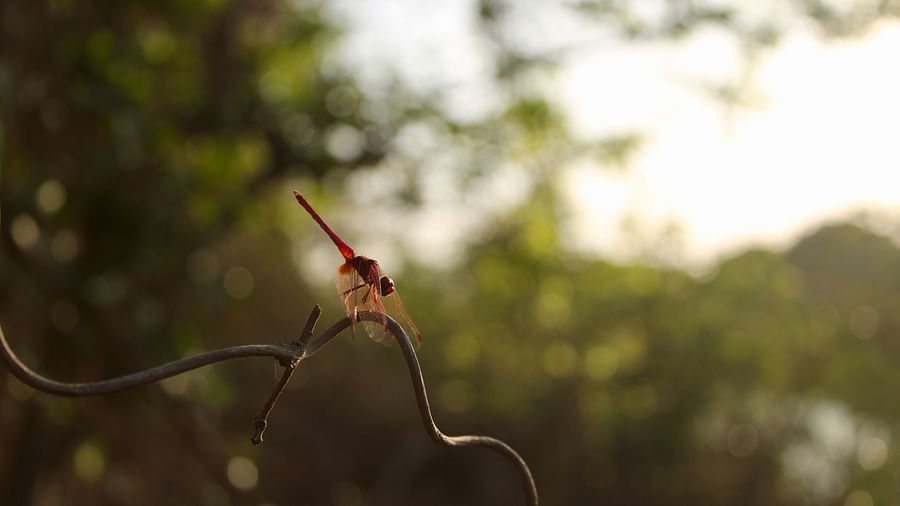
Crimson Dropwing Dragonfly near a waterhole
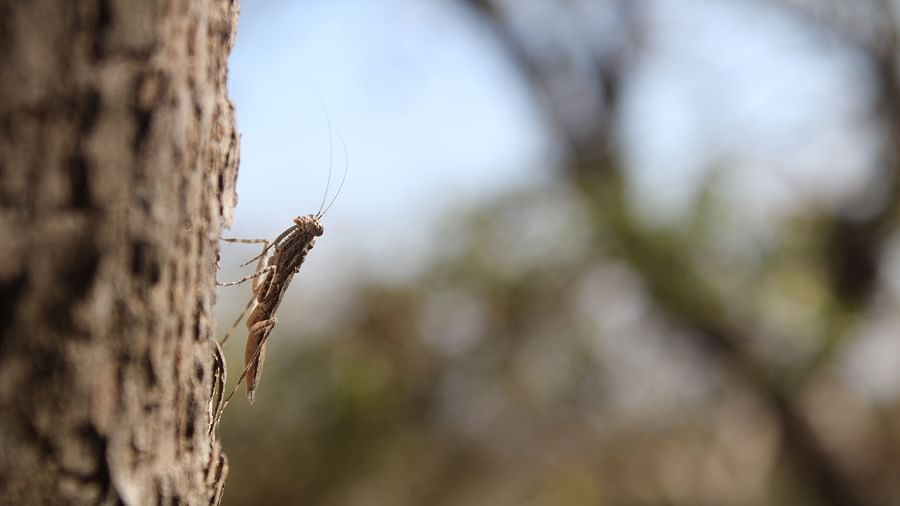
Bark Mantis on a tree bark
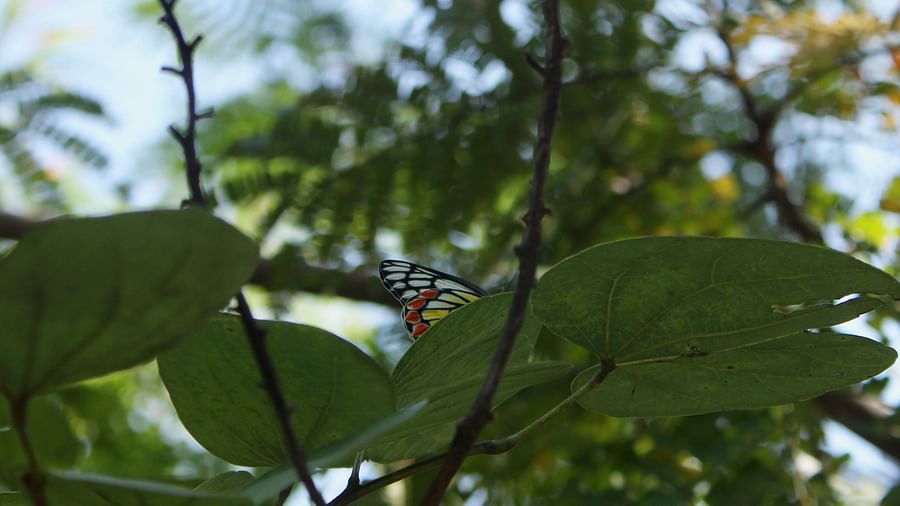
Common Jezebel resting on a Butterfly Tree
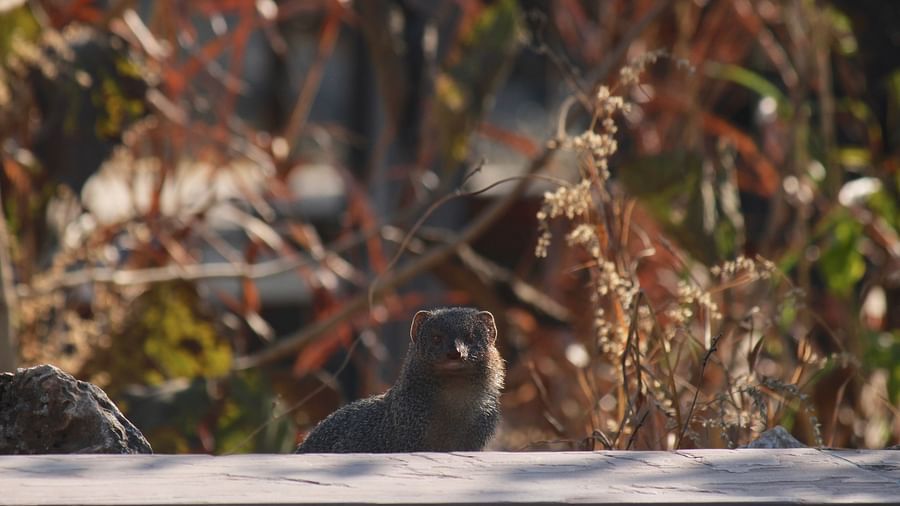
Peek a boo…Mongoose
An Indian Grey Mongoose made itself a home inside our property and one can have a chance to see her along with her pups while having an outdoor breakfast!